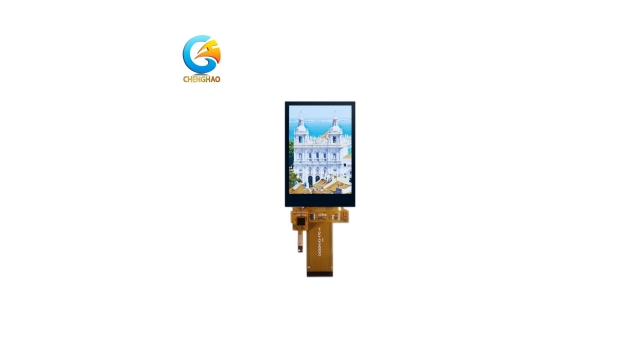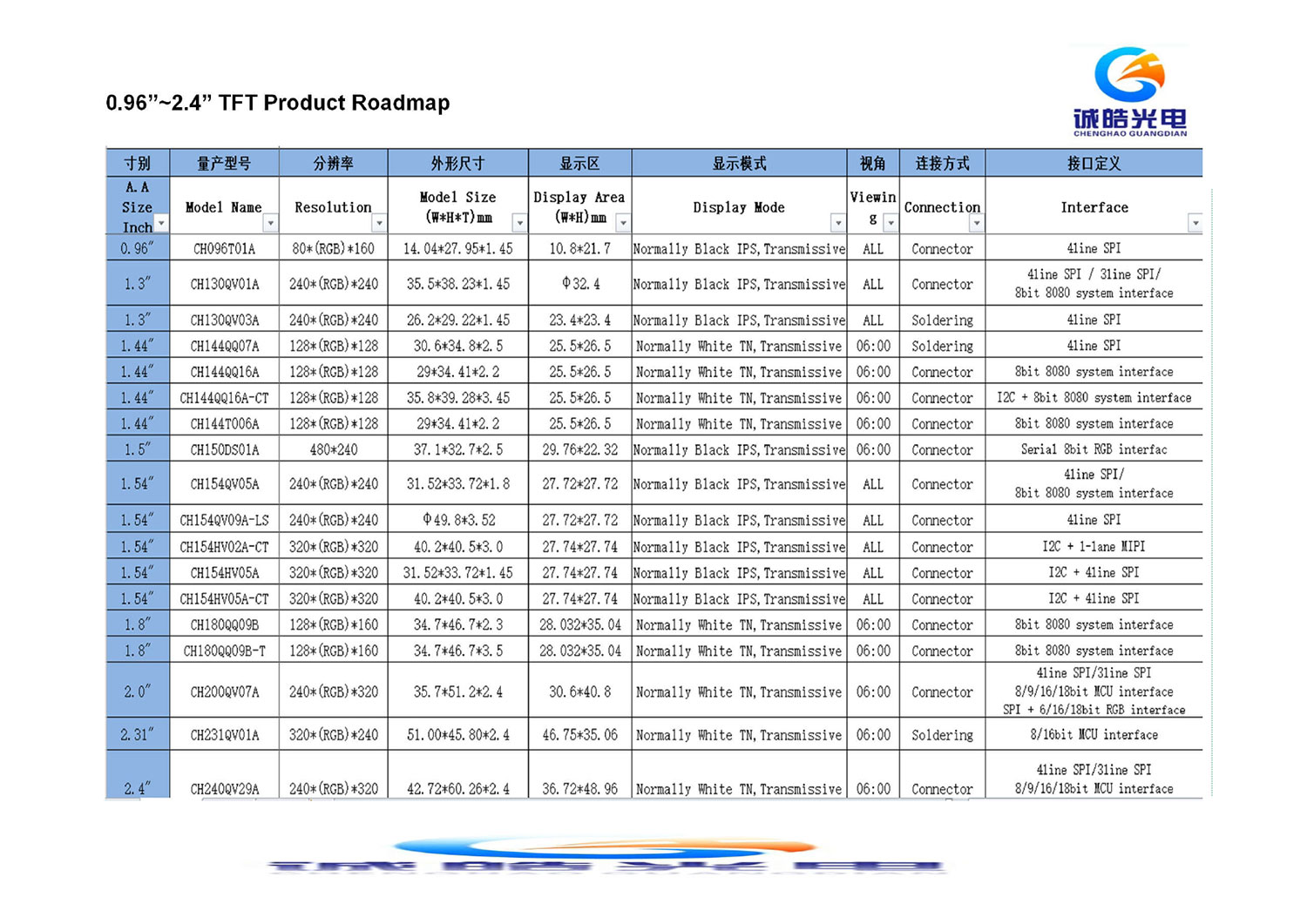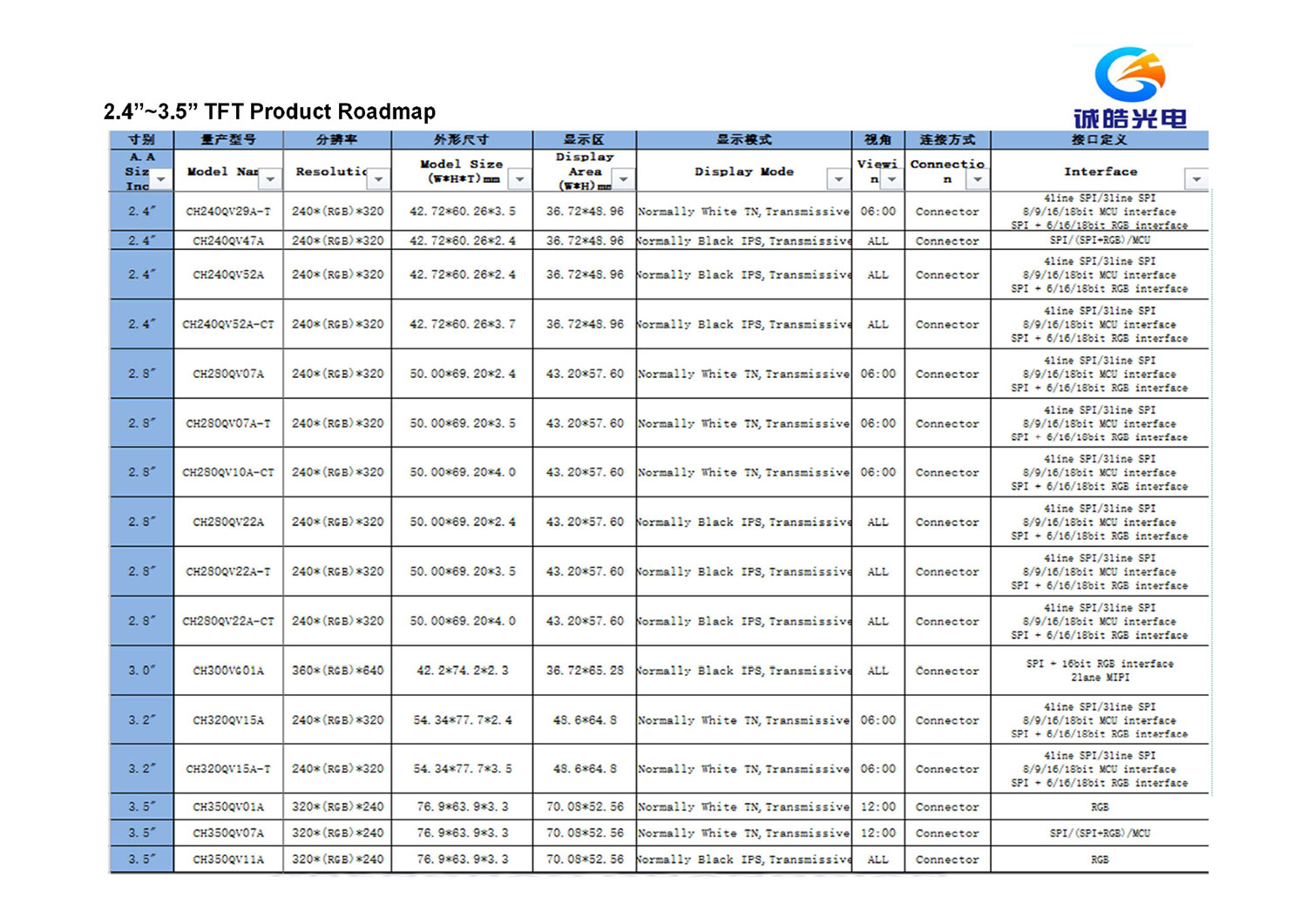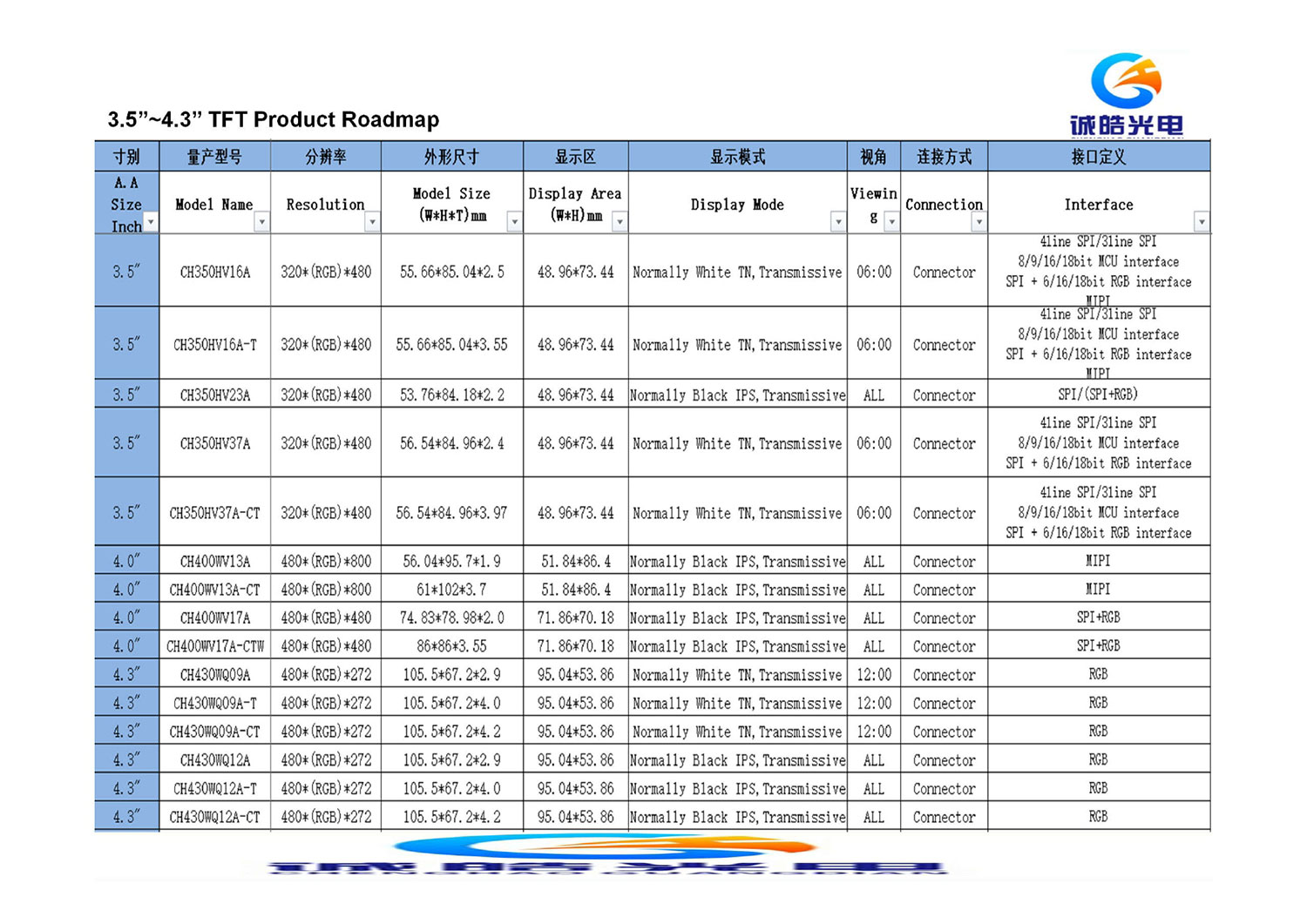What are the advantages and disadvantages of resistive touch screens
2023-04-21
1. What is a resistive touch screen?
Resistive touch screen (RTP) is a touch screen product controlled by pressure sensing. It converts the physical location of a touch point (X,Y) in a rectangular area into a voltage representing the X and Y coordinates. Many LCD modules use resistive touch screens, which can use four, five, seven or eight wires to generate screen bias voltage and read back the voltage at the touch point at the same time. The resistive touch screen is basically a structure of film and glass. The adjacent sides of the film and glass are coated with ITO (nano indium tin oxide) coating. ITO has good conductivity and transparency. When touch operation, the ITO on the lower layer of the film will touch the ITO on the upper layer of the glass, and the # touch screen 5" # corresponding electrical signal will be transmitted through the sensor, sent to the processor through the conversion circuit, and converted into the X and Y values on the screen through calculation, and the point is completed. The selected action is displayed on the screen.

2. Advantages of RTP:
•The RTP touch accuracy is very high, which can reach the pixel level, and the applicable maximum resolution can reach 4096x4096.
•The screen is not affected by dust, water vapor and oil, and can be used in a relatively complex wide temperature environment
•RTP uses the principle of pressure sensing, the screen can be touched by any object, even with gloves, and can be used for handwriting recognition.
•RTP has a relatively low cost due to its relatively mature technology.
3. Disadvantages of RTP:
•RTP usually only achieves single touch. If it is designed as multi-touch, when two points are pressed at the same time, the pressure on the screen will become unbalanced, resulting in errors in touch, so the realization of multi-touch is difficult.
•RTP is more likely to damage the touch function of the screen and the appearance of the touch panel due to scratches, etc.
The types of RTP resistive touch screens are # 5 wire resistive touch screen panel # mainly divided into4-wire resistive touch modules,5-wire resistive touch modules, and G+G resistive touch modules.
(1) 4-wire resistive touch screen (4-wire RTP): It has an indium tin oxide (ITO) resistive coating inside the touch layer to form the X-axis and Y-axis. Once pressure is generated, there will be a change in voltage, and the coordinates of the X and Y axes will be calculated using a voltage divider.
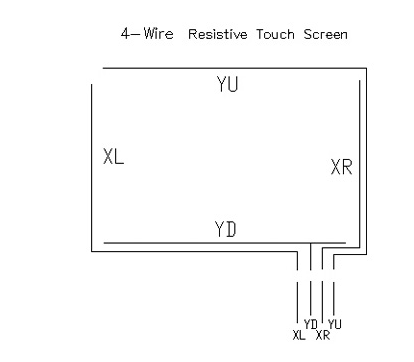
Features: Relatively speaking, it has a cost advantage. High resolution, high speed transmission response. Surface hardness treatment to reduce scratches and abrasions and protect against chemical treatments. The surface is smooth and matte. One-time calibration, high stability, never drift.
A disadvantage of four-wire resistive touch screens is that certain factors can degrade the linearity and accuracy of this axis, including external environmental conditions and high frequency of operation. Occasional recalibration may be required to maintain the level of touch point accuracy. In addition, since the top # 5 inch lcd display screens # layer is made of film, scratches and nail marks on the surface will be more obvious after many times of use.
(2) 5-wire resistive touch screen (5-wire RTP): The structure and design concept are similar to the four-wire RTP. Five-wire resistive touch screens only use the bottom layer to create the X and Y axis coordinates, which we call the resistive layer. The top layer is used as a pure conductive layer, which is usually nickel-gold coating material, which can better extend the life. Since the top layer is not used for one of the axes, this results in excellent stability, durability, sensitivity and reliability.
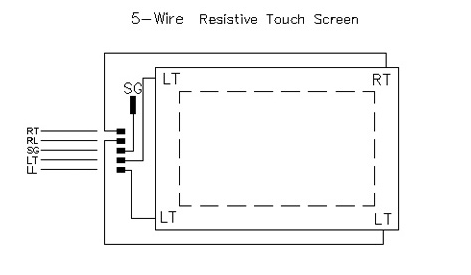
Several benefits of five-wire resistive touchscreens are: a constant level of accuracy is maintained even if the top layer is damaged, and touch response and accuracy are not affected by harsh environmental conditions. But it is obvious that it is more expensive and more difficult to make.
(3) G+G resistive touch module: resistive touch screen RTP is used in some harsh environments, because corrosive solvents and liquids will damage the ITO film itself and make the touch of the screen invalid. The resistive touch screen RTP with G+G structure perfectly solves such application scenarios.
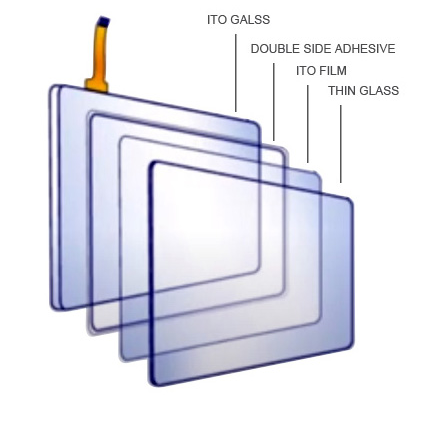
Shenzhen Chenghao Display, as a comprehensive enterprise integrating R&D, production and sales, has been deeply involved in the field of tft lcd for many years, and has accumulated enough experience in resistive touch screen display products. If you have any questions about RTP or lcd display Questions, you can always consult us!
























































